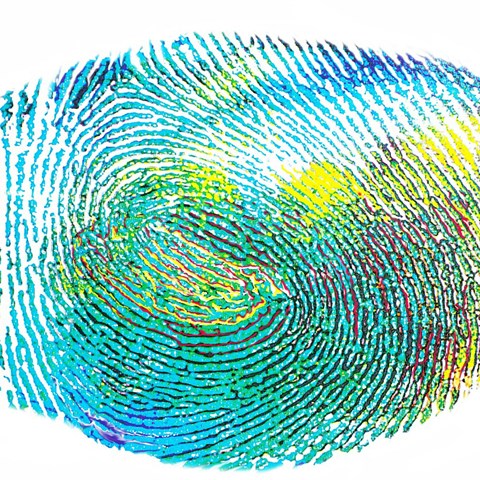Contact
SLU University Library
library@slu.se, 018-67 35 00
Addresses and opening hours

For your visibility as a researcher it is crucial that the works you have created or contributed to can be identified in a simple, unambiguous and persistent way. By connecting your works to a digital author identifier you can ensure that colleagues, competitors, publishers and funders get an accurate picture of your activity.
ORCID (Open Researcher and Contributor ID) is an open non-profit organisation that maintains an international register of unique identifiers for researchers. ORCID is intended to work as a hub that connects researchers and research through embedding ORCID number in key work flows as for example manuscript submissions and grant and patent applications. ORCID is used in Prisma, the application system of the Swedish Resarch Council, Formas and Forte.
In the SLU publication database you can connect your ORCID number and automatically send your registrered publications to ORCID.
ResearcherID is a service from Clarivate Analytics, which gives possibility to gather all your publications searchable through Web of Science. You can also add publications from other sources. It is important to be correctly represented in Web of Science, since data from Web of Science is commonly used as a basis for bibliometric analyses.
It is an advantage to have both ResearcherID and ORCID as they communicate with each other and it is possible to use ResearcherID as a fast and simple way to register publications in ORCID.
It is important that you continuously attach your new publications to these AuthorIDs, to ensure that you are always correctly represented in application and evaluation procedures.
Scopus, which is also frequently used for bibliometric analyses, automatically creates a Scopus Author Identifier for each published author, using an algorithm based on name, affiliation and subject areas. This is not completely reliable. We recommend each author to take a look at their Scopus Author Identifier and check if it is correct and connected to all of their publications that are available in Scopus. If not, there is a possibility to request corrections using the tab Author Details/Request Author Detail Corrections.
SLU University Library
library@slu.se, 018-67 35 00
Addresses and opening hours